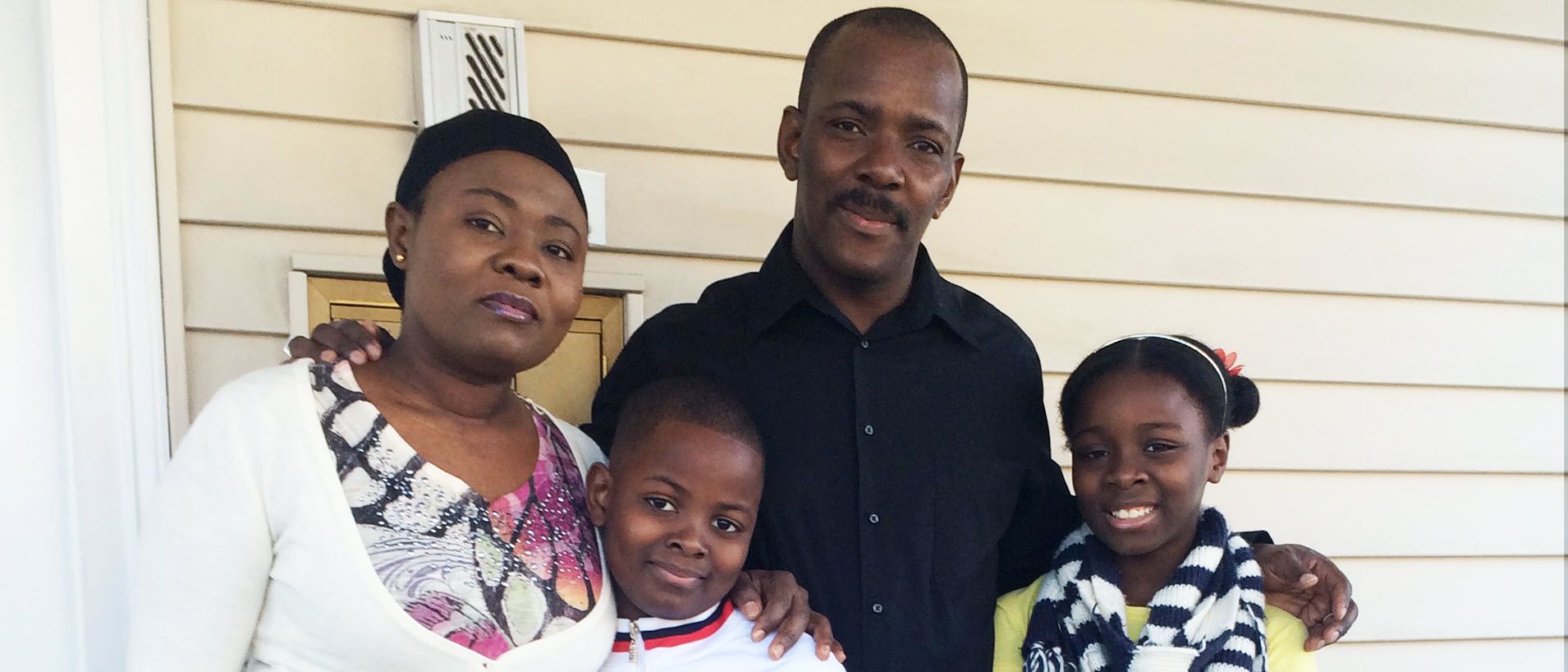The Gulf Between Homeownership and Family Homelessness
We can all agree that keeping a roof over one’s head is more expensive than ever whether you are looking to buy a home or rent, but renters face the most challenges.
At one end of the spectrum are higher-income earners and investors who have been fueling the housing market, as they took advantage of low interest rates and earnings that kept up with, or surpassed, inflation.
Homeowners get to build wealth through equity and it’s been nothing but good news during this most recent housing boom, especially in places like the Boston area.
Now that inflation has taken a foothold in the country, some housing market analysts believe that a cooling off of the hot nationwide housing market is coming, due to rising interest rates, as evidenced by the number of mortgage application cancellations. As mortgage rates have risen, prospective buyers are concerned about needing higher down payments and larger monthly mortgage obligations. According to the real estate firm Redfin, mortgage application cancellations went up to 15% in June.
At the other end of the housing spectrum are those who were formerly homeless and are now looking to transition out of shelter into housing. They are looking to rent apartments, usually 2-bedrooms in the case of families working with Hildebrand. The recently released The State of the Nation’s Housing 2022 report, by the Joint Center for Housing Studies of Harvard University, noted that not only have housing prices continued to rise but that nationally, the rents in professionally-managed properties rose 12% in the first quarter of this year. This has put a strain on Hildebrand’s ability to move families out of shelter and into affordable permanent housing. Concurrently, now that pandemic relief programs have faded and fears of contracting COVID-19 in congregate living are waning, we are seeing the strain on the other end of the housing spectrum – emergency shelter – as more families seeking shelter come to Hildebrand and need us to guide them through realistic housing options.
Although we do have formerly homeless families who are now homeowners, our focus is on those families who are transitioning from shelter and looking for affordable apartments. Even more to the point, most will need to find subsidized housing because heads of households in Hildebrand shelters, working full-time, made an average of $16.79 per hour over the last quarter. According to the National Low Income Housing Coalition, to afford the fair market rent for a 2-bedroom in Boston in 2021, one would have to pay $2,336 and need to earn $44.92 per hour. This is on par with what the U.S. Department of Housing and Urban Development (HUD) established as the fair market rents (FMR) for rental units in the Boston-Cambridge-Quincy area of $2,339 for 2022. In 2015, HUD set the rent it would pay for a 2-bedroom unit at $1,494. In 2022, it is $2,399. This means that rents jumped over $1,000/month in this 7-year period. This also explains why families at the lowest end of the economic spectrum remain trapped at the bottom of the housing ecosystem: their wages simply cannot keep up with rising rents.
Hildebrand recently purchased an 11-unit building in Dorchester that will double our permanent housing portfolio to 22 units, and keep affordable housing at the forefront of Hildebrand’s efforts to disrupt the systems that lead to poverty and homelessness. This includes even stronger advocacy and raising awareness of the factors that lead to homelessness.
We must remain committed to increasing the supply of affordable housing, expanding supports for families to search for and find permanent, affordable homes, and to do even more to keep families from falling into homelessness. Affordable housing is and should continue to be a primary focus, but so should access to affordable healthcare and mental health services; livable wages; and more easily accessible pathways out of poverty (e.g., through higher education and training programs) and domestic violence. These are key factors that put families on a path to homelessness rather than home ownership, and keep the gulf wide between opportunity and reality.














